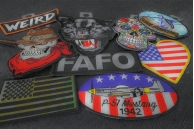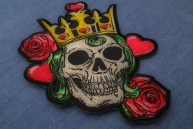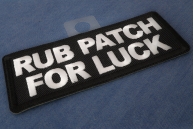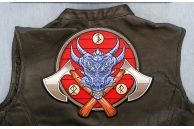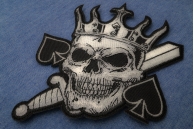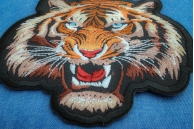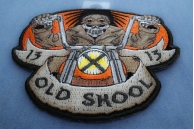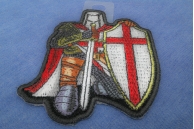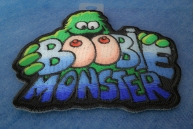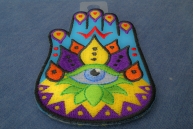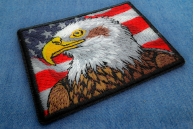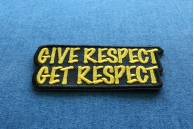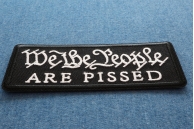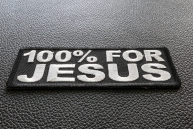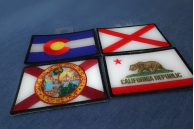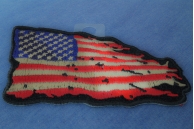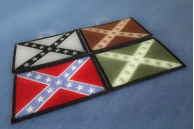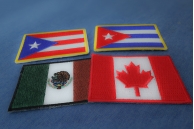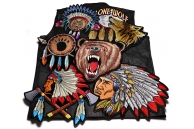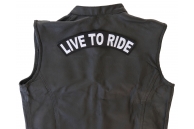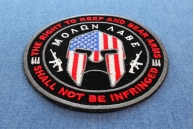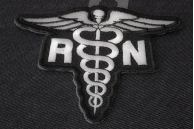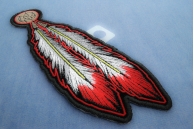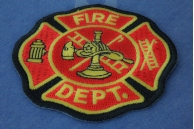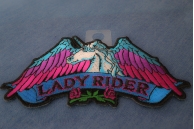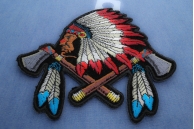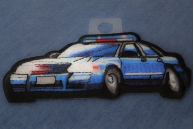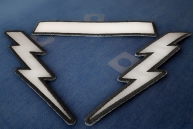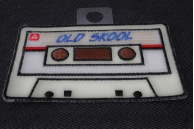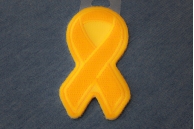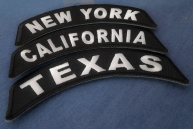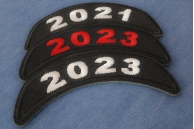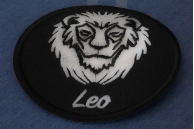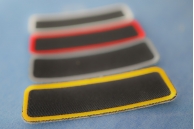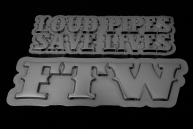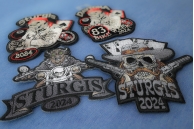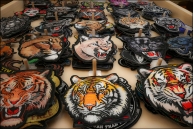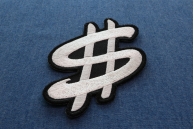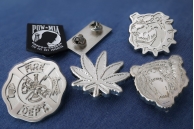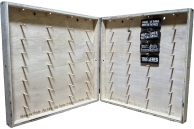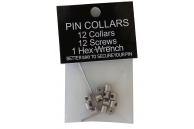Before the stock market crash of 1929 that triggered The Great Depression, Harley Davidson motorcycles were riding high with more than 21,000 bikes sold every year. However, by 1933, these numbers had dropped down to 3,700. To combat this, the motorcycle that Harley unveiled in 1934 was unique from previous models in that it incorporated an Art Deco styling directly into the body of the bike. It was hoped that these Flatheads, as they were called, would be able to bring back the company from the brink of bankruptcy, but they were not enough by themselves.
In order to make sure that the company survived, Harley worked to put a number of powerplants into operation. These plants were based off of the principals that were originally put in place for the engines of the motorcycles. They also decided to put out a new type of delivery vehicle known as a Servi-Car that had three wheels. It was designed to transverse the roughest dirt roads of the time period. The Servi-Car was so popular that it remained in production until 1973. The early version of this vehicle is often collected by those interested in the history of Harley Davidson. They also celebrate these collectible vehicles through motorcycle patches of their favorite machines through the years.
Something else that the company did to help increase their production was to build a production line in Japan during the 1930s. However, as tensions increased during this next decade leading up to World War II, the Sankyo Seiyako Corporation cut off all ties with Harley Davidson, but they continued to produce the bike under the Rikuo name, creating a subdivision of motorcycles in Japan that were very closely related to Harley Davidsons.
